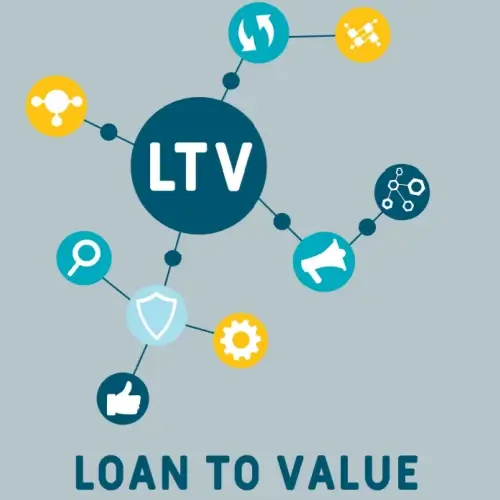

LTV Defined
The loan-to-value ratio is the comparison of the mortgage balance to the market value of the home. It is calculated by dividing your loan amount by the value of the property you currently own or the one you want to buy. For example, you want to buy a house that costs $400,000. You plan to contribute $40,000 as a down payment, which means your loan will total $360,000. The loan-to-value ratio could therefore be $360,000 / $400,000 = 0.9, or 90%. Or say you want to refinance your current mortgage for a lower interest rate. If your home loan balance is $200,000, and your home is now worth $400,000, then your LTV would be $200,000 / $400,000 = 0.5, or 50%.
How Does LTV Affect Your New Loan?
Mortgage loans are all about risk calculation. Lenders prefer to make mortgages that are highly likely to be repaid. They judge that based on a host of factors, including your credit score and history, your down payment, assets, and your LTV. In general, the lower your LTV, the better when it comes to qualifying for a loan. That being said, there are plenty of loan programs out there that allow for high LTVs, especially those designed for first-time buyers.
LTV Requirements for Different Loans
The loan-to-value qualifications vary by loan type and even by lender, but there are some basic standards for the most common loans:
- Conventional Loans – these can sometimes allow LTVs as high as 97%, meaning borrowers put down 3% of the home price. Lenders compensate for that higher risk by requiring borrowers with an LTV of 80% or more to pay private mortgage insurance, or PMI. This is insurance that protects the lender against loss if you default on the loan. Once you gain enough equity to drop your LTV to 80%, you can cancel your PMI policy.
- FHA Loans – These loans are guaranteed by the Federal Housing Administration and only require a down payment of 3.5%, or an LTV of 96.5%. You will also be required to pay insurance on these loans, but it is built into the cost of the loan and cannot be canceled even after your LTV drops significantly.
- VA Loans – Sponsored by the Department of Veterans Affairs, these mortgages for active duty and veteran military allow 100% LTV ratios, meaning no down payment is required. Instead of mortgage insurance, VA loan borrowers will pay a one-time funding fee, which can be paid upfront or rolled into the loan balance.
- USDA Loans – These loans backed by the U.S. Department of Agriculture, are intended for rural home buyers and can also have LTV ratios up to 100%. There is a one-time upfront guarantee fee though, and an annual fee for the life of the loan.
What is a CLTV?
You may run into the term combined loan-to-value, or CLTV, ratio if you are applying for a second mortgage, like a home equity loan or a line of credit. This calculates the combined totals of your home loans divided by your property value. For instance, if your home is currently worth $400,000 and your first mortgage balance is $200,000 and you apply for a home equity loan of $60,000, your CLTV would be $200,000 + $60,000 / $400,000 = 0.65, or 65%.
LTV ratios are essential for determining the riskiness of your mortgage loan. While not the only factor, lenders consider them very carefully and the lower your LTV, the more likely you are to be offered the best rates and terms.
Give us a call today for a free no obligation mortgage quote.
These materials are not from HUD or FHA and were not approved by HUD or a government agency.
